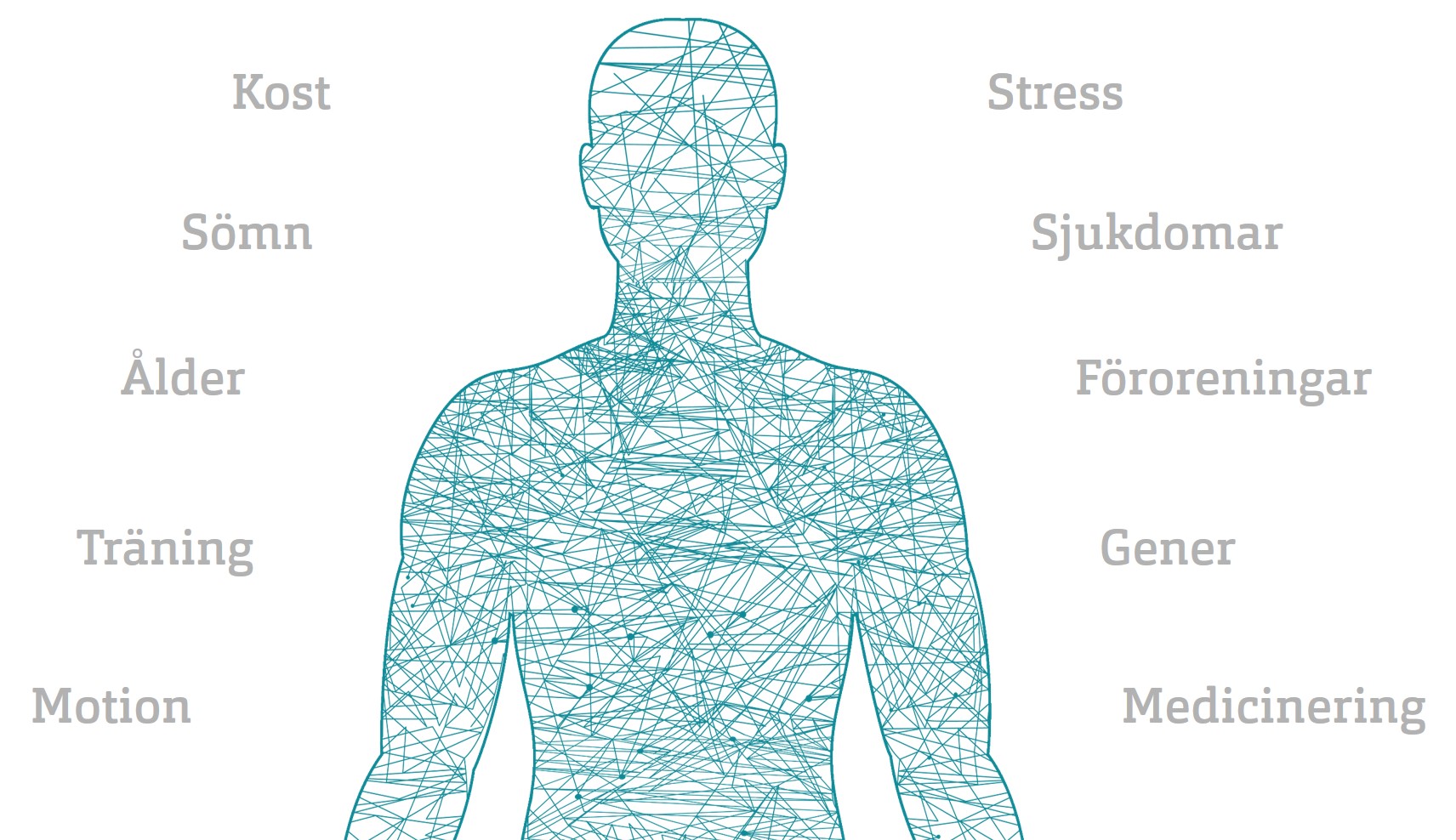

Fascia loads and unloads pressure
Join the Fascia Conversation Today!
What do we know about the function of the fascia and what affects its ability to regenerate and realign – and how can we use that knowledge in our everyday lives?
Recent research shows that fascia has a much greater significance for health, aches, and pains than we previously knew.
The fascia accounts for more than a third of the musculoskeletal system, and here we can find a rich presence of sensory nerve receptors. It contributes to almost all communication in the body and recent research suggests that the fascial network constitute our richest sensory organ.
Despite the thousands of research reports published in recent years, the understanding of fascia – and of the body as a whole – is still in its early stages.
Here we have gathered the traditional understanding of fascia and connective tissue, a selection of new research that explains its main functions – and above all, the simple and practical explanation of one of the most important functions – to load and unload pressure.
“The easiest way to explain body function is to load and unload pressure ” – Julian Baker, Fascia Research Congress 2015

The fascia is affected by basically everything we are exposed to
The fascia is affected by a variety of factors such as age, genotype, movements, gender, hormones, disease, medication, nutrition, physical stress, mental stress, sleep, pollution, etc, which causes it to reorganize.
Simply put, one of the most important functions of fascia is to load and unload pressure – that is, to handle everything we are exposed to daily.
What pressure are you putting on your fascia and what do you do to help your body to function properly?

Dr. Heike Jäger at Fascia Research Center in Ulm, Germany, lectures about Fascia in Stockholm, in May 2017
Functions of fascia: The traditional knowledge for many years
- Structural support (means attach, enclose and separate muscles and organs)
- Connection between body tissues and protection of organs
- Metabolic function and storage of energy
- Regulation of diffusion of different substances
- Formation of scar tissue (repairing injuries)
Functions of fascia: New research
- Signal transmission and pain conduction via free nerve endings that runs in the fascia. (Langevin et al, 2001, 2006; Schleip et al, 2010)
- Blood, lymphatic and nerve supply for neighbouring structures.
- Facilitation of sliding of the muscles across each other. (Stecco, 2015)
- Stabilization and balance of the body. (Barnes, 1997; Stecco, 2015; Elbrønd and Schultz, 2015)
- Ability to adapt to physiological stress (plasticity). (Schleip, 2003)
- Responsiveness to the mechanical stress and manipulation (Langevin et al, 2006; Elbrønd et al, 2015)
- Ability to modify the structure of the fascia through the release of hormones (Fede, 2018) and fluid flow through the tissue (Swartz, 2018)
How does the body handle the pressure it is exposed to?
How does the body load and unload pressure? From our experience, it is not that difficult to understand.
If someone gives you a push on the shoulder, this shoulder is pushed backwards, the other goes forward, and back, hips and legs also follow in a wave motion and in this way the push is distributed over the whole body.
In the same way, the pressure from a sprained foot will be distributed on the calf, knee, thigh, hip, back and neck.
The body’s system to relieve the pressure is rapid, flexible, strong, and global – the whole body is receiving, everything is in motion.
Theoretically, however, this is not entirely easy to understand – if you remain in old models.
One such model is the leverage model, which looks at the body as mechanical system with levers, biomechanics. Simply explained, this means that you are like, for example, the movement that lifts an arm, with the movement of an excavator.
The problem with this theoretical model is that it does not correspond to reality. It is not suitable for unicellular organisms, it is not suitable for animals – and nowadays we know that it is not suitable for humans either.
New discoveries evoke new insights
However, there is a model that explains the movement and function of all living organisms, from unicellular organisms, to quadrupeds and humans.
Biotensegrity was coined in the 70’s by the orthopedic surgeon Dr. Stephen Levin.
The term tensegrity is a contraction of the word tension and integrity. A tensegrity structures is recognized by its distinct set of compression elements (struts) that appear to float within a network of tensioned cables. It is strong, light in weight and resilient yet can change shape with the minimum of effort and automatically return to the same position of stable equilibrium. It is quite similar to biological structures.
When a body is deformed by an outside force, the strain is distributed over the whole body and not only the local place being deformed. The effect of load for a long time can have the same effect.
Simplified, it is a system where hard parts, such as skeletons, and soft parts, such as collagen threads (connective tissue), work together by absorbing, distributing, and releasing pressure and tension.
This model is both strong and flexible, mobile, and adaptable, as demonstrated by the film below.
Notice how the “ball” bounces and how the whole is affected when ONE thread is cut.



















































